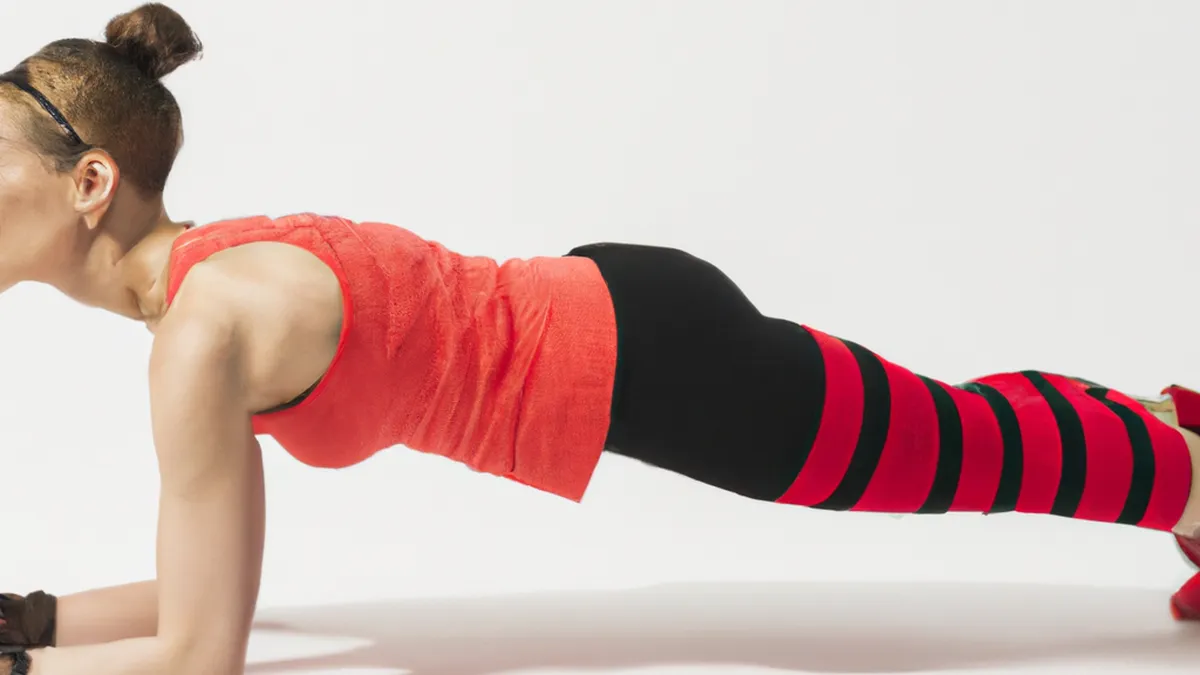Improve Flexibility with Resistance Bands
Flexibility Exercises for Load ControlFlexibility significantly impacts physical fitness but often receives less attention than strength and endurance training. Flexibility enhances performance, reduces injury risk, and improves overall well-being. Load control, or managing stress on your body during activities, greatly benefits from flexibility. This article highlights effective flexibility exercises to enhance load management and athletic performance.
Understanding Load Control
Load control includes intensity, duration, and frequency of physical activity. Proper load management prevents overtraining and injuries for athletes and regular exercisers. Flexible bodies handle increased loads better, improving performance in sports and daily activities.Flexibility exercises expand your range of motion and relieve muscle tension. This promotes relaxation and better load control, allowing smoother and more efficient movements. You can engage in intense workouts and recover faster, both vital for long-term fitness success.
Effective Flexibility Exercises
As an Amazon Associate I earn from qualifying purchases.
Gear tip: consider resistance bands, foam yoga wedge, and compression sleeves to support this topic.
Adding flexibility exercises to your routine helps manage load and improve performance. Here are some effective exercises to include in your training program.
1. Dynamic Stretching
Dynamic stretching warms up your muscles effectively before workouts. This type of stretching involves moving your muscles through their full range of motion, preparing your body for activity. Dynamic stretches mimic planned workout movements, enhancing their effectiveness.**Examples of Dynamic Stretches:**- **Leg Swings:** Stand next to a wall. Swing one leg forward and backward for 10-15 repetitions, then switch legs.- **Arm Circles:** Extend your arms sideways and make small circles. Gradually increase the size for about 30 seconds, then reverse.- **Torso Twists:** Stand shoulder-width apart and twist your torso side to side, allowing your arms to swing for 10-15 repetitions.
2. Static Stretching
Static stretching forms a crucial part of a comprehensive flexibility routine. Hold each stretch for 15-30 seconds to relax and elongate your muscles. Perform static stretches after workouts when your muscles are warm and pliable.**Examples of Static Stretches:**- **Hamstring Stretch:** Sit with your legs extended. Reach for your toes while keeping your knees straight. Hold for 15-30 seconds.- **Quadriceps Stretch:** Stand on one leg, bend the other knee, and pull your ankle toward your glutes. Keep knees close together and hold for 15-30 seconds.
Conclusion
Incorporating flexibility exercises into your routine enhances load management and athletic performance. Prioritize flexibility to achieve long-term fitness success.
Below are related products based on this post:
FAQ
Why is flexibility important for physical fitness?
Flexibility significantly impacts physical fitness by enhancing performance, reducing injury risk, and improving overall well-being. It allows for better load control, enabling individuals to manage stress on their bodies during various activities.
What is load control?
Load control refers to managing the intensity, duration, and frequency of physical activity. Proper load management helps prevent overtraining and injuries, making it essential for both athletes and regular exercisers.
What types of flexibility exercises should I include in my routine?
Incorporating both dynamic and static stretching exercises into your routine is beneficial. Dynamic stretching warms up your muscles before workouts, while static stretching helps relax and elongate your muscles after exercising.















Post Comment